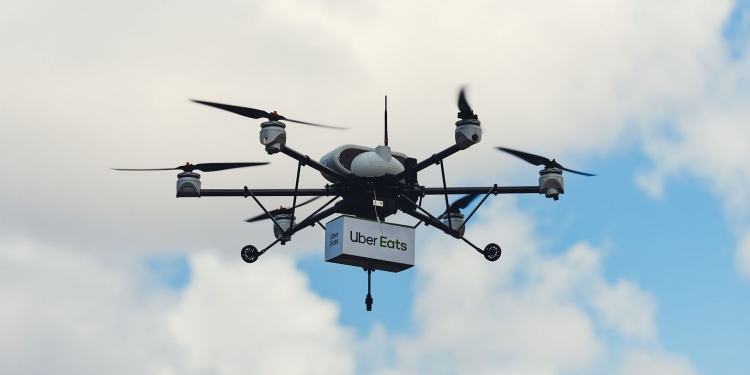Uber is getting ready to launch its drone-based food delivery service in San Diego sometime in Q3 this year, Bloomberg reported. The service is still pending U.S. Federal Aviation Administration approval. Uber, however, is confident that it will take off.
For a start, the drone food delivery service will focus mostly on fast-food. Uber is partnering with McDonald’s to refine the technology and develop the necessary support systems required for aerial food delivery including testing flight paths and designing packages to hold the food items intact, keeping french fries hot, and ice cream cold.
But don’t expect the service to be able to deliver food directly to your doorstep. There is still a number of issues and problems Uber will have to overcome for that to happen. Chief among which will be weather conditions.
The service is expected to use an enterprise-level AR 200. The six-rotor drone capable of about 45 minutes of flight time, has a cruising speed of 28 km/h, a max speed of about 56 km/h and a maximum payload of 7 kg. These are substantial performance figures for a drone but even so, the aircraft is inoperable in ice and rain and in wind conditions above 40 km/h. But Uber says a new drone design will be introduced later this year.
And then there’s the noise pollution and the risk of the drones falling out from the sky and hitting pedestrians below.
To mitigate this, the drones will fly to designated safe landing zones where waiting couriers will pick up deliveries and complete the last leg of the journey via more conventional means (like a car). Or the drones might also land on the roof of a parked Uber car outfitted with a QR code, the car will then complete the journey.
Even after all that, Uber believes aerial food delivery will be a big thing. It’s betting that customers will demand drones for the time savings and eventually, price savings. Where normally a delivery about 2.5 km away will take roughly 21 minutes; drones can make the trip in about 7 minutes.
Kate Fraser, head of policy at Uber’s aerial division, Uber Elevate and an FAA veteran, told Bloomberg, that the drone food delivery will take at least three years for it to be implemented in a handful of markets. Meanwhile, Luke Fischer, head of flight operations at Uber Elevate, anticipates that in 10 years, drone delivery will be prevalent enough to change how restaurants and kitchens operate.
Up next:
[Image from Bloomberg]








